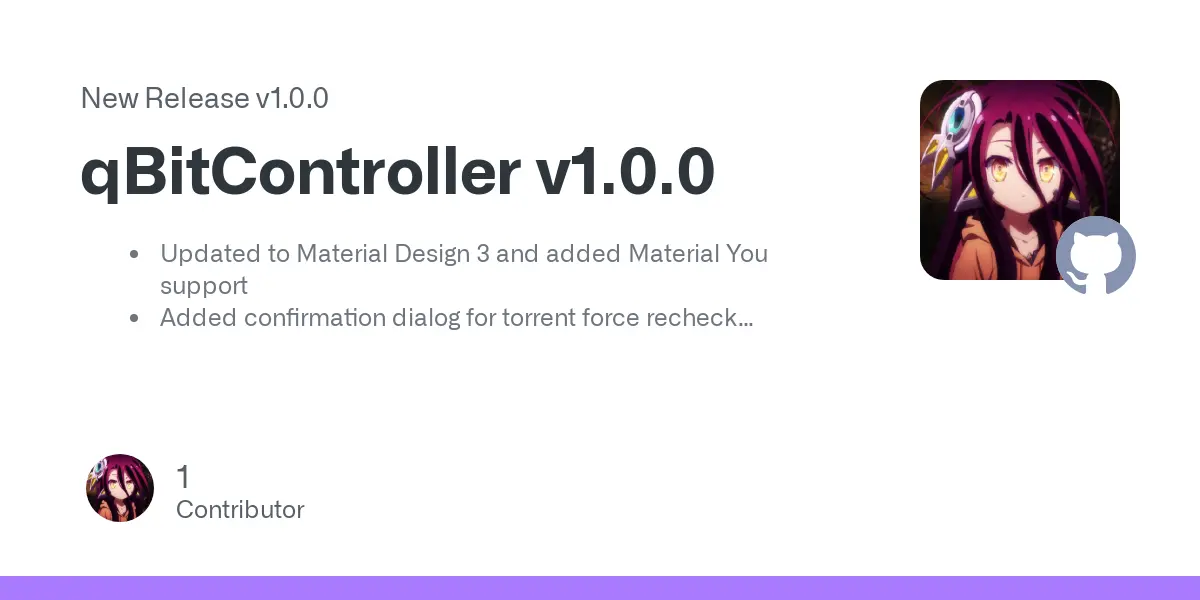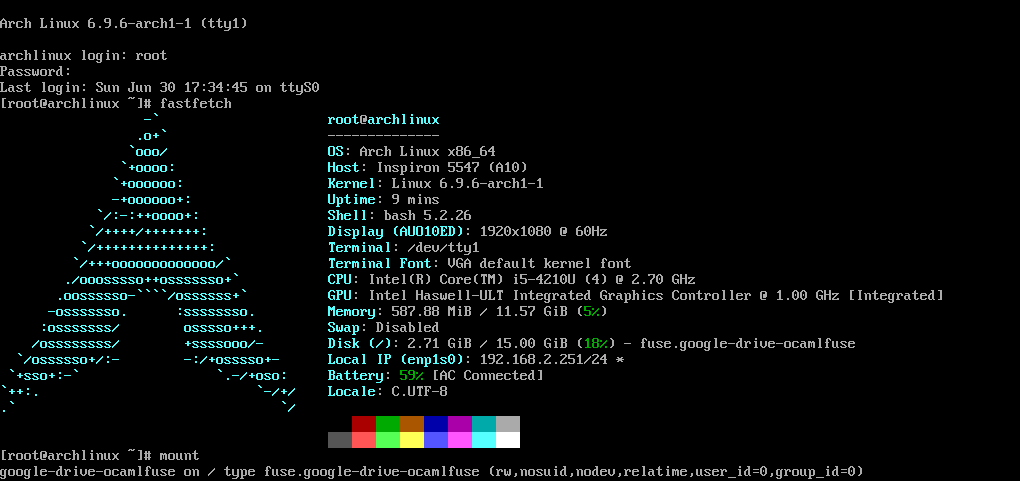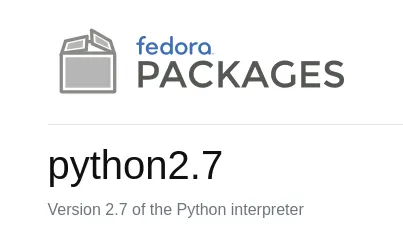

I like the Cosmic tiling better than Sway, because it tiles through the long edge by default.
I.e. If I just two windows after each other, Sway will tile them as two equal columns. If I open another window, it’ll add another column, while making each column the same size.
Cosmic also creates two equal columns with two windows, but the next window tiles the focused column horizontally.
With three windows this means half the screen is a single window, the other half is two windows taking up a quarter of the screen. Obviously if you instead focus another window, it’ll be tiled instead.
This is basically the same behaviour as the autotiling script for Sway/i3, but it works reliably (I’ve always had issues with those scripts).






















Navigation within a single workspace is pretty much the same as in Sway/i3.
I don’t remember how it’s done in Sway/i3. If you have two monitors side by side, moving the focus from the left most window on the right monitor to the left, moves the focus to the left monitor.
A major difference is the workspace design. In Cosmic, there’s currently a single set of workspaces for each monitor. In Sway there’s one set shared between all monitors.
The workspaces can be either horizontal or vertical, which is useful depending on how you configure a multi monitor setup. This is because with vertical workspaces, moving down from the bottom window moves the focus to the next workspace (and vice versa).
In my case with two monitors side by side, this is awesome, because moving the focus feels like moving naturally on a single giant plane. E.g. moving down moves to the next workspace, then moving to the left moves to the left monitor, where I could move up to the workspace above etc.
It’s difficult to explain for me, so I recommend giving it a try (or maybe wait a while, depending on your needs, e.g. there’s no VRR, no window rules etc. Also, currently monitors have to be aligned at the top edge to be recognised as side by side. If they aren’t, moving between monitors and workspaces doesn’t behave right.).